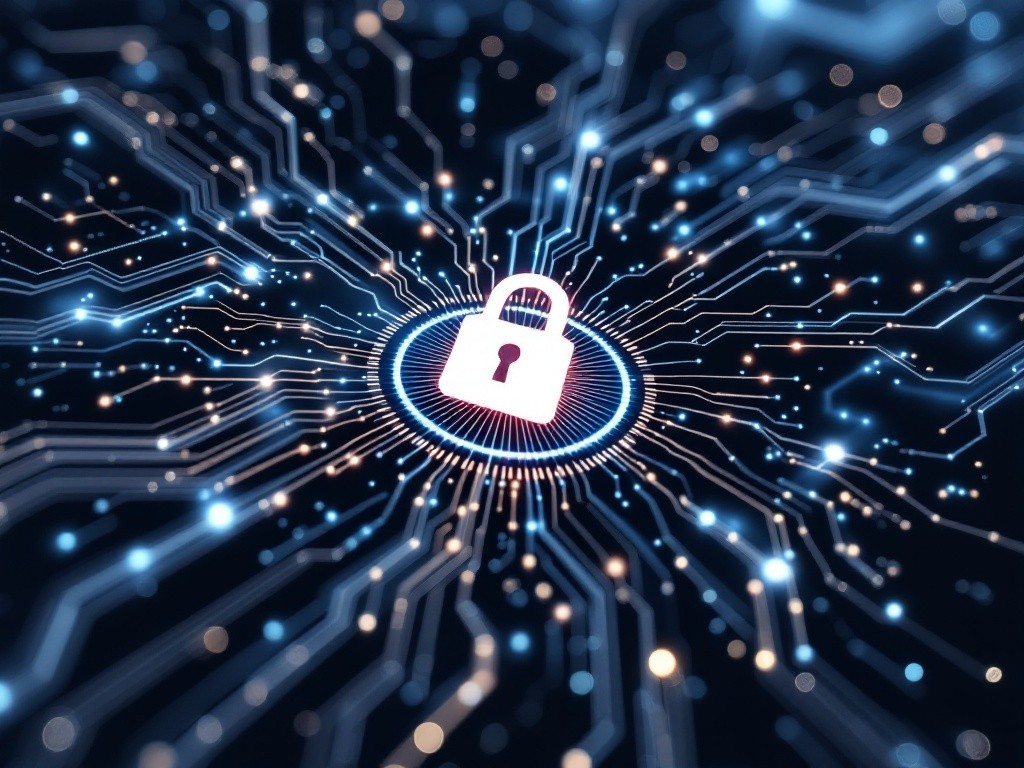ISO27001
ISO 27001 compliance made easy: Tiebreaker AI
Oct 29, 2024
6
min read
To reduce ISO 27001 compliance costs, organizations often consider hiring human resources or leveraging internal talent to create the Statement of Availability (SoA) and risk remediation workflows. However, this path becomes more costly because most IT and cybersecurity resources have domain experience outside of audit preparation.
This miscalculation of resource allocation can lead to higher expenses, including the need to hire external resources to resolve open issues with the SoA or the risk discovered by external audits.
For organizations looking to streamline ISO 27001 compliance, Tiebreaker AI’s platform offers AI-powered risk assessment and automation tools, simplifying tasks from audit preparation to continuous monitoring. Our platform provides the visibility and tools to improve the examination of current and future cybersecurity and compliance policies against updated mandates, including ISO 27001.
In this article, you’ll discover:
Cost challenges: The hidden costs of ISO 27001 compliance and why misallocating resources can add up.
AI solutions: How Tiebreaker AI’s platform simplifies compliance with smart automation.
Ongoing improvement: The need for regular risk assessments and updates to stay compliant.
Automation perks: Why AI is a game-changer for cutting down on manual tasks and boosting efficiency.
Better visibility: The role of compliance dashboards in keeping your ISO 27001 status on track.
Spotting gaps: How AI helps find compliance gaps and strengthens your cybersecurity stance.
Interested in learning more? Connect with the team at Tiebreaker AI
Overview of time and cost challenges maintaining ISO 27001
$40,000 - Audit preparation
Within the readiness stage, organizations must define the purpose of the information security management system (ISMS) workflow and governance around their selected platform. Organizations must draft their initial version of the SoA and risk remediation strategy to present to their internal auditing resources.
$15,000 - Certification process audit
ISO 27001 certification requires a third-party audit by an accredited certification body. The costs of these audits can vary significantly, and companies should be prepared for extensive and potentially costly pre-audit work. Learn how automation can help reduce these costs and simplify the process here.
$10,000 - Per ISO compliance upkeep
Maintaining ISO 27001 requires continuous monitoring, regular updates to policies and documentation, and ongoing internal audits. This process also involves risk assessments, third-party validations, and external consultants to prepare for subsequent audits.
Organizational requirement for continual improvement regarding ISO 27001
A key component of any successful ISO 27001 compliance program is the ability to learn, evolve, and improve with each cycle.
ISO 27001:10.1 mandates that organizations conduct continuous evaluation and improvement, including:
Risk assessments and timely remediation: Organizations must perform regular risk assessments and apply necessary remediation in a timely manner.
Continuous monitoring and Key Performance Indicators (KPIs): Monitoring, leveraging KPIs, and assessing current cybersecurity controls should be integral to an organization’s risk management workflows.
Internal auditing and vulnerability remediation: Ongoing internal audits, identifying findings, and addressing vulnerabilities must be consistently executed.
Management and executive oversight: Leadership teams must remain informed on the organization's ISO 27001 compliance posture through monthly, quarterly, and annual reports.
The emergence of compliance AI automation
For organizations looking to optimize and lower costs related to ongoing ISO 27001 compliance, AI automation has become an essential part of their strategy.
Compliance automation powered by AI is evolving rapidly in the marketplace. While cybersecurity AI is more mature, compliance AI, particularly for ISO 27001, is now gaining traction. One critical advantage of AI automation is its ability to support the continuous improvement elements required by ISO 27001. This includes the constant monitoring of compliance policies and their relevance to the evolving ISO 27001 standards, which often change due to emerging cybersecurity threats.
Without AI automation, the manual review and update of compliance and security documentation remains costly for CIOs and CISOs.
Streamline ISO 27001 governance through AI-document review
Creating, updating, and presenting compliance policies to meet ISO 27001 is a resource drain and time-consuming process. Various team members from SecOps, IT operations, governance, risk, compliance, finance, and legal contribute artifacts to sustaining their organizations' ISO 27001 status.
Compliance automation became a significant change for CIOs and CISOs by streamlining the policy to mandate the review process. Organizations and ISO 27001 standards board change their policies and mandates to meet the growing cybersecurity threats and legal regulations imposed by governments and international regulatory bodies. These changes could include a new encryption standard or critical size. Organizations could also change their security policies because of a change in their business objectives, including expanding into the federal government sector or internationally.
To keep ISO 27001 status current, organizations must conduct continuous risk assessments, gap analyses, enable new security controls, and update associated collateral (e.g., screenshots). These activities generate substantial content that must be validated against the latest changes in the ISO 27001 framework.
Improving overall visibility through compliance dashboards
As organizations adopt compliance automation, a centralized and accurate dashboard is essential. Compliance automation requires a constructive blend of human interaction, AI automation, security, and governance. With these pillars, organizations will recognize the benefits expected from AI automation for compliance.
Previously, organizations performed the review of these documents and mandates leveraging Excel spreadsheets and Word documents and access to online guidelines from various IS0 27001 sources.
Collaborating, merging, and validating these various content sources stressed the organizations' human resources, third-party assessments and consultants, and available financial capital. Reducing cost and time became the key performance indicators (KPI) that organizations must achieve to help with their ISO 27001 ongoing workflow.
Reducing time and cost of ISO 27001
The initial benefit of AI automation for compliance is reducing the manual steps team members need to perform to support their portion of ISO 27001. Manually reviewing policy documents, updating spreadsheets, and filling out multiple questionnaires all become replaceable with AI automation. Continuous monitoring, risk assessments, and updating of the master security policies based on the results of these newly automated functions also result in substantial cost savings and time savings.
Organizations that reduce their manual compliance processes support lower compliance operations. This includes reducing external resource costs, audit preparation costs, and third-party assessment engagement while creating a more robust compliance culture and a more secure enterprise.
Identifying gaps in compliance, systems, and overall cyber hygiene
Ultimately, organizations are discovering the value of AI automation well beyond cost and time savings. AI automation also helps identify gaps in compliance coverage within the organization's adoption of ISO 27001. Often, where there are gaps in compliance governance, security breaches follow.
The positive byproduct of AI automation, faster content correlation, and mandate validation help organizations maintain more robust cyber hygiene if they are either currently or considering cyber insurance. The stronger their ISO 27001 compliance status, the better their chance of maintaining lower insurance premiums.





